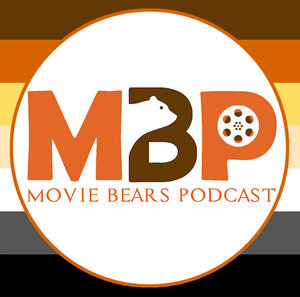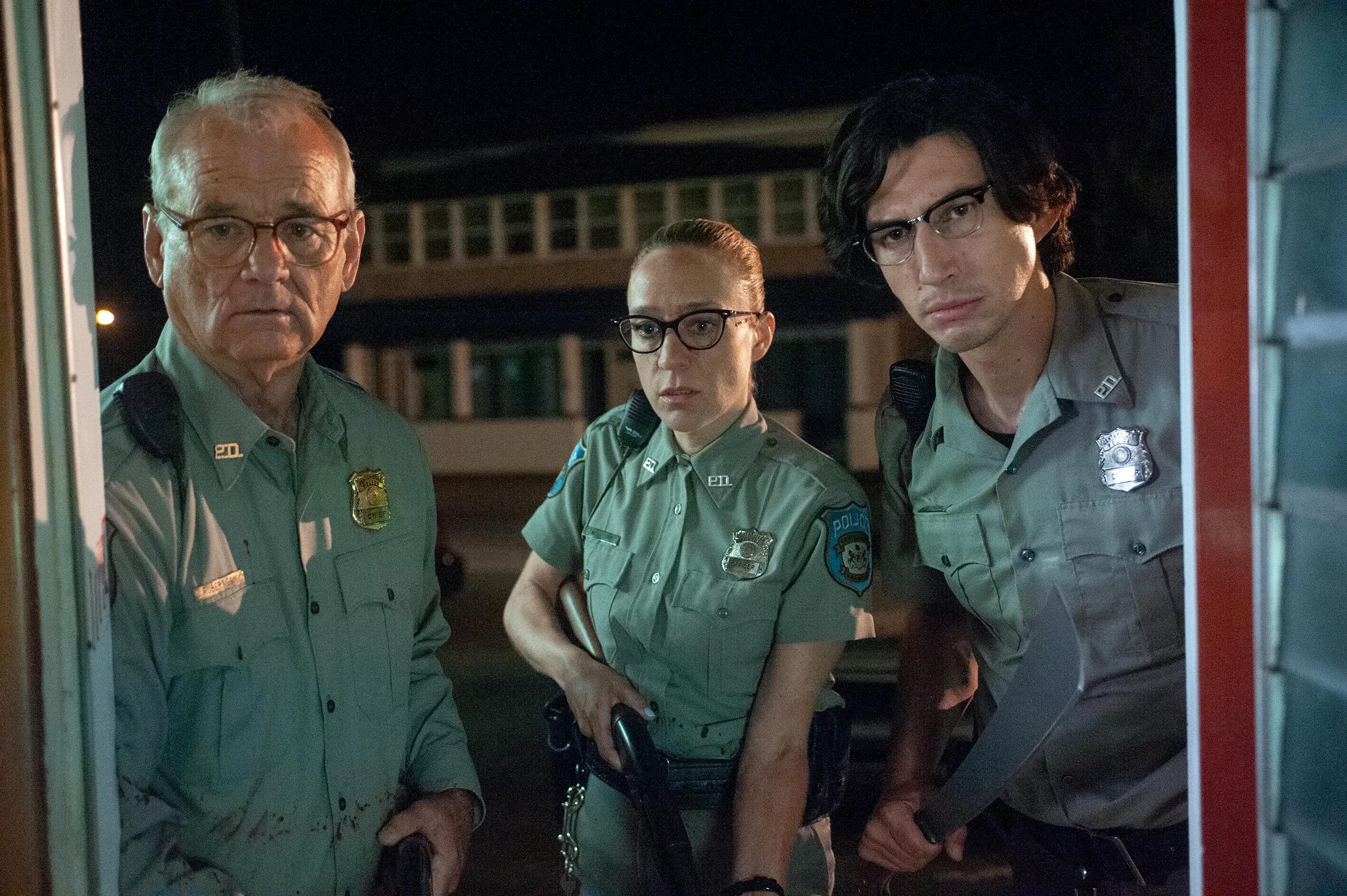This Isn’t Going to End Well: A 'The Dead Don’t Die' Film Review
by Will Lindus
There is something equally apocalyptic and prophetic about Jim Jarmusch’s The Dead Don’t Die, which is fitting not only in the context of its small town zombie horror-comedy aesthetic, but also in how it views the current state of the world we live in. Jarmusch sees our society as one on the brink of collapse, with our preoccupation with modern trappings, consumerism, gadgets, and personal identities serving as a distraction from the very real and very terrifying threats that loom on our horizon. He sees us as the walking dead, shuffling from one obsession to the next, oblivious to the fact that we may already be damned.
Fitting, then, that Jarmusch channels a film genre which, once vibrant, has become a bit of a shambling corpse in its own right. In The Dead Don’t Die, familiar zombie horror beats play out, ones that feel ripped directly from Romero’s body of work itself. Jarmusch certainly isn’t the first filmmaker to draw the comparison between zombies and consumerism. He isn’t even the 100th. The reliance on tropes are intentional, however, as they create an easy sandbox for Jarmusch to explore his themes and flex his deadpan humor sensibilities. It is here, between the margins, that The Dead Don’t Die draws its vitality.
Part of what makes The Dead Don’t Die work is its colorful cast of characters. Throughout his filmography, Jarmusch has demonstrated time and time again his ability to draw interesting and novel performances out of his rogues gallery of actors and musicians, all set to his deliberately understated scripts. Bill Murray and Adam Driver take the central focus of the story as a pair of local sheriffs seeking to protect and serve as the dead ravage their sleepy community. Murray has always been a master of dry wit, and his talents are perfectly suited for Jarmusch’s style. Driver, who recently starred in Jarmusch’s Paterson, also feels at home here; a running gag with Driver seeming to know what is going to happen next in the story before it even happens plays out for one of the best gags in the entire film.
At a certain point, recognizing the other talents on display would feel like no more than a cold reading of IMDB based on the sheer volume of recognizable names in this film, so I’ll spare you the laundry list. A few highlights include Tom Waits, a hermit who lives in the woods and acts as an observer / narrator to the events unfolding in town, and Tilda Swinton, who plays a Scottish katana-wielding mortician whose performance feels elevated and otherworldly. And, of course, cameos by Iggy Pop, RZA, and Carol Kane are always welcome in my book.
The problem, though, is that Jarmusch relies on the cinematic shorthand of ‘zombie apocalypse’ to explore better, more interesting points, but still spends too much time setting up the zombie action. As such, early sections of the film feel especially sluggish, ambling from scene to scene in search of some spark of life. When the game changer scenes come - and trust me, they do come - it can feel like the setup isn’t entirely worth the payoff. Characters are introduced and then summarily removed from the narrative without any further development , which makes keeping track of who is doing what/where a frustrating endeavor. When the low-key humor and absurd meta-commentary is allowed to play out, the film finds its feet. I just wanted more of that and less setup.
Throughout the film, Adam Driver’s character repeatedly says ‘This isn’t going to end well.’ He was referring to the fate of the town and the characters therein, but I’d expand that meaning to the film itself. Jarmusch doesn’t fully trust the audience to take the meaning of his piece and instead literally has a character state the thesis of his film during the final moments. It’s clunky and doesn’t work, especially considering how the tone of that moment feels a bit at odds with the more deadpan comedic nature of the rest of the film.
Bottom Line: Jim Jarmusch has a very valid point to make about society. We find ourselves wrapped up in distractions; we interact in memes and gifs, we focus conversations on superficial wants and commercial identity markers, and we retreat into a cocoon of ‘self-care’ when the sharp edges of the world cut too deeply. When you look around, the world is in a terrifying state right now, but our distractions may just be our undoing. The Dead Don’t Die may be clumsy and lethargic in places, but when it allows the absurdity of the situation to shine through, it taps into something very exciting and very scary and very eye-opening. And, hey… I laughed a lot, and I’d judge that as one of the primary measurements of a comedy. Far from the strongest film in Jarmusch’s library, The Dead Don’t Die still delivers on both quality and theme and is, as such, recommended viewing.
3.5 out of 5 Bear Paws


